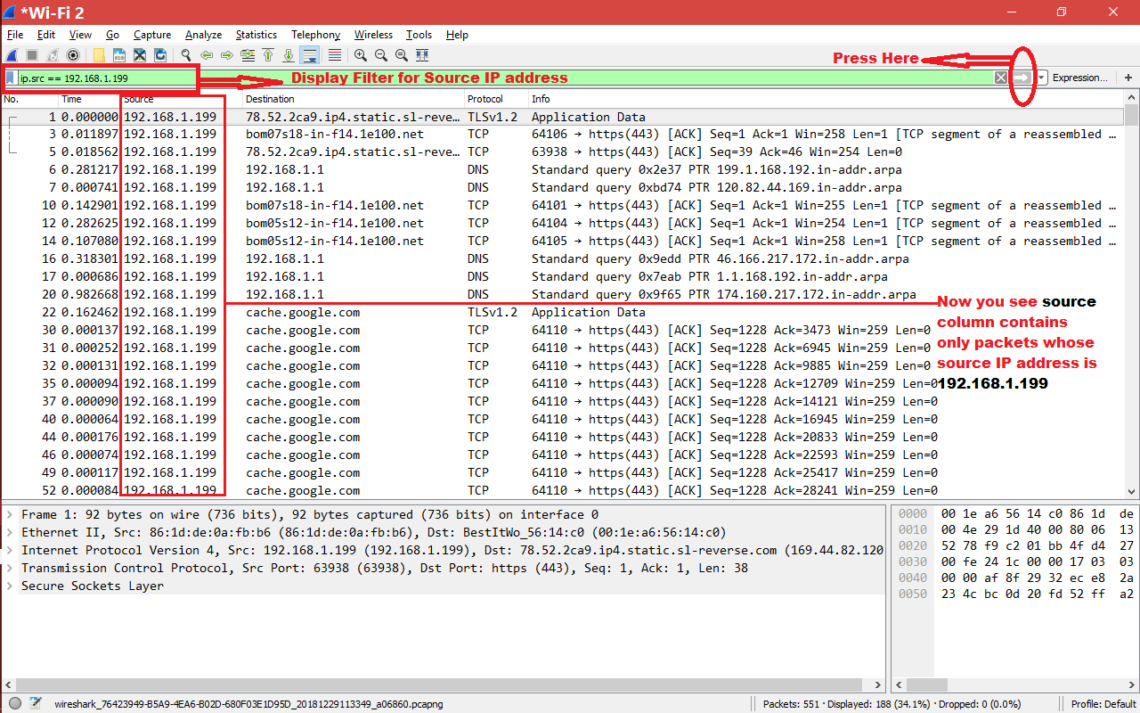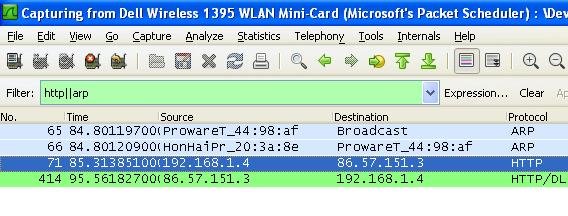

Enter ifconfig at the prompt to display interface information. To check your network settings go to: Machine > Settings, select Network, the tab Adapter 1, Attached to: Bridged Adapter.ī. Your CyberOps Workstation VM network settings should be set to bridged adapter. 192.168.8.1 DNS server IP address Answers will vary. 08:00:27:82:75:df Default gateway IP address Answers will vary. 192.168.8.10 MAC address Answers will vary. Description Settings IP address Answers will vary. The information will be used in parts of this lab with packet analysis. Record this information in the table provided. In Part 1, you will use commands on your CyberOps Workstation VM to find and record the MAC and IP addresses of your VM’s virtual network interface card (NIC), the IP address of the specified default gateway, and the DNS server IP address specified for the PC.

You will use Wireshark to examine the DNS query and response exchanges with the same server. In this lab, you will communicate with a DNS server by sending a DNS query using the UDP transport protocol. DNS queries and responses are very small and do not require the overhead of TCP. UDP is connectionless and does not require a session setup as does TCP. Your PC’s DNS query and the DNS server’s response make use of the User Datagram Protocol (UDP) as the transport layer protocol. When you type a website URL into your browser, your PC performs a DNS query to the DNS server’s IP address. DNS is a distributed network of servers that translates user-friendly domain names like to an IP address. When you use the internet, you use the Domain Name System (DNS).


 0 kommentar(er)
0 kommentar(er)
